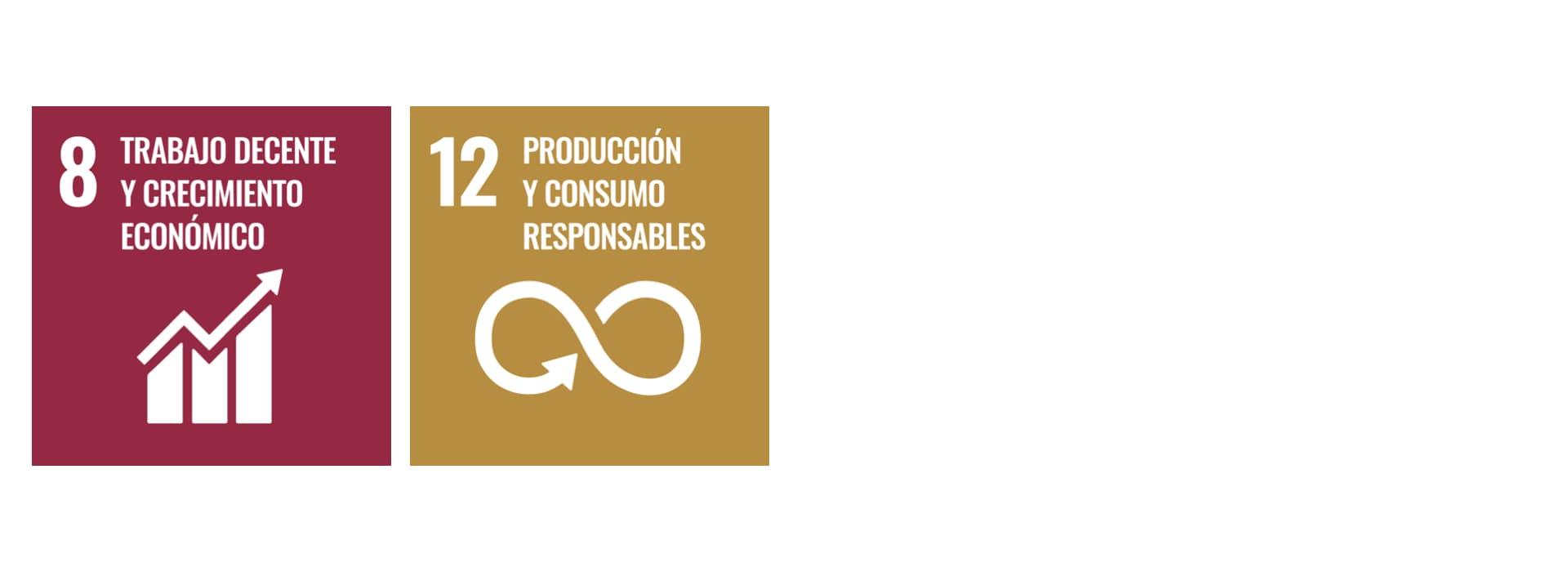All paths lead to consumption revitalization
14 Diciembre - 2021
Josep-Francesc Valls
Director of Chair Future Scenarios on Retail, Tourism and Services
__
Reaching the end of this 2021 has been complex and upsetting. A whole year and nine long. months of pandemic have generated uneasiness among consumers. But, amidst the doubts, fears and precautions, we will once again celebrate the Christmas holidays. Roots, traditions and social reunions return alongside the festivities in a consumerist ceremony that has become the most important for the sector for several years now.
Spanish families will increase their average spending by 14 and 22 percent compared to 2019
Although it is true that periods of crisis erode entrenched customs –as happened in 2008 in the midsts of the economic crisis with the Christmas greeting in paper format, which became irrelevant–, these renewed holidays will be in full.
Catalan and Spanish families will increase their average spending by 14 and 22 percent compared to 2019, according to data from Deloitte and OCU, respectively. Despite being a very notable difference, in times of uncertainty like the present, the opinions of the populations swing according to the evolutions of covid-19.
More spending, especially on travel
According to the OCU survey, most of those surveyed confirmed that those who held celebrations with direct and indirect relatives in 2019 will do so again this Christmas and, therefore, will increase the bill with respect to 2020 on the dates close to the celebrations. In this sense, Deloitte calculates that each Spaniard will invest an average amount of 631 euros, which will be distributed as follows:
- 240 euros in gifts (120 euros for adults in clothing and footwear; cosmetics and perfumery; books and entertainment, and 120 euros for children in clothing and footwear; toys and entertainment)
- 160 euros in food and drink
- 122 euros on travel (which recorded a sharp increase)
- 109 euros on leisure
These data confirms two trends. On the one hand, the advance of online shopping, because while this survey reflects the entrenchment of the most Christmas consumers to buy in face-to-face stores in the city center and in malls, e-commerce –accelerated in time of pandemic– is gaining market share. A reality that is shown by the study 2021 Christmas Consumer Behavior, carried out by the consulting firm Elogia, according to which online shopping will increase by more than 15 percent compared to Christmas two years ago. The arrival of parcels from the main marketplaces is already a daily occurrence.
Deloitte calculates that each Spaniard will invest an average amount of 631 euros, mainly distributed to buy gifts and registering a sharp increase on travel
On the other hand, although there are certain discrepancies between the two sources, purchases planned for the month of December will be decentralized and consumers will take advantage of both the strong sales at the end of November and those at the beginning of January. However, this year the influence of Black Friday has been deflated and discounts prior to Epiphany will gain weight.
What do retailers expect?
Between consumer euphoria and the restrictive measures being implemented, what do retailers expect? Two priors. First, outdoor parades and celebrations are likely to falter. And second, in this consumerist panorama with a certain restrained outburst, street lights have far exceeded the watts turned on before the pandemic. Retailers and administrations have joined forces to stage the reunion, creating the most suitable environmental conditions to attract people to stroll and shop in person.
In this sense, a first observation of what retailers expect in this last shopping period of the year is the fact that Christmas campaign represents between 20, 30 or even 50 percent of the annual turnover, especially in sectors such as toys, nougat, perfumery or certain gastronomic products.
Christmas campaign represents between 20, 30 or even 50 percent of the annual turnover, especially in sectors such as toys or perfumery
The second observation is that, with the exception of a few limited cases, the international logistics crisis and the rise in day-to-day prices hace had a relatively small impact on small retailers. Thirdly, the gap between large platforms and large retail groups, on the one hand, and SMEs, on the other, continues to widen and will no stabilize until clear regulations are put in place to ensure a balance between the two. The fourth and final observation is that, once it has been assumed that e-commerce is a new sales channel in strong growth, retailers are embracing online –with more or less affliction– in the knowledge that any future requires its incorporation.

